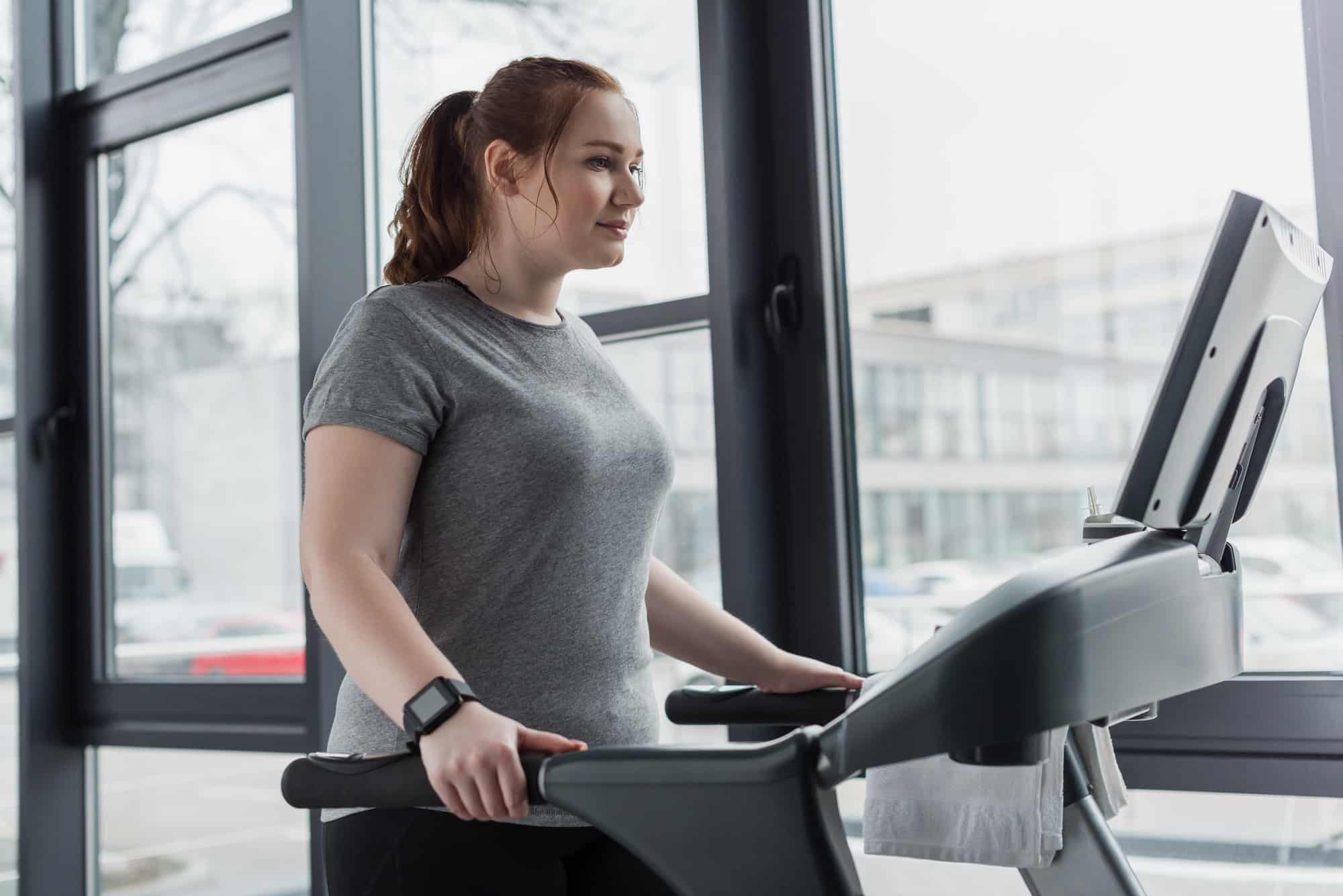How to Plan and Implement a Fitness Routine for Overweight Pets?

Just like their human companions, pets can struggle with weight issues. Overweight and obesity in dogs and cats is a growing concern in the pet-owning community. The excess weight puts your pet at risk of health problems, decreases their quality of life, and can significantly shorten their lifespan. But don’t fret, there is something you can do to help your pet shed those extra pounds. A well-planned fitness routine combined with a balanced diet can set your pet on the path to a healthier, happier life.
Recognizing If Your Pet Is Overweight
Before you can start implementing a fitness routine for your pet, it’s crucial to determine whether they are indeed overweight.
Topic to read : What’s the Best Way to Introduce New and Varied Enrichment for Zoo Animals in Captivity?
Every pet is unique, and so is their ideal body weight. Different dog and cat breeds have different body structures and metabolic rates, and therefore, their weight will also vary. For instance, a Maine Coon cat can weigh up to 18 pounds and still be considered healthy, while a domestic shorthair should ideally weigh much less.
To check if your pet is overweight, look for the following signs:
In the same genre : How to Safely Manage Interactions Between Your Pet and Local Wildlife?
- You can’t feel the ribs when you gently press your pet’s sides.
- Your pet has lost its waist, and the abdomen isn’t tucked in.
- Your pet has difficulty walking, running, or jumping.
Consulting with a vet is the best course of action for an accurate assessment.
Adjusting Your Pet’s Diet
To help your pet lose weight, it’s essential to re-evaluate their diet. A pet becomes overweight when it consumes more calories than it burns, typically from eating too much, eating high-fat foods, or not getting enough exercise.
Start by reducing the amount of food you give your pet each day. Make sure you’re not overfeeding your pet with treats, as they are often high in calories. Remember, treats should make up less than 10% of your pet’s daily caloric intake.
To ensure that your pet is getting all the nutrients they need, consider switching to a lower-calorie, high fiber pet food. These foods will make your pet feel fuller for longer, reducing the chances of overeating.
Hydration is also key to weight loss. Ensure that your pet always has access to fresh water, as it aids digestion and helps manage hunger.
Incorporating Exercise into Your Pet’s Routine
Exercise is just as important as diet in your pet’s weight loss journey. Regular physical activity boosts your pet’s metabolism, burns calories, and helps build lean muscle mass.
There are many ways to get your pet moving. For dogs, daily walks are a must. Start with a short, slow walk and gradually increase the distance and pace as your dog’s stamina improves. Playtime can also serve as exercise, so engage your dog in games of fetch or Frisbee.
For cats, try enticing them to move with toys that mimic their natural hunting instincts, such as laser pointers or feather wands. Climbing towers can also provide a great workout for cats.
Remember, the goal is to make exercise fun and enjoyable for your pet. Be patient and go at a pace that your pet is comfortable with.
Monitoring Your Pet’s Progress
Once you’ve implemented the dietary changes and exercise routine, it’s important to consistently monitor your pet’s progress.
Weigh your pet regularly to track their weight loss. A slow, steady weight loss is healthier and more sustainable than rapid weight loss. Your vet can help determine a safe rate of weight loss for your pet.
Regular check-ups with the vet are also crucial during this time. They can provide feedback on your pet’s progress, suggest adjustments to the diet or exercise plan if needed, and detect any potential health issues early.
Keeping Your Pet Motivated
A key factor in your pet’s weight loss journey is their motivation. It’s essential to keep your pet enthusiastic about their new diet and fitness routine.
To keep your dog excited about their walks, change up the route from time to time. Explore different parks or neighbourhoods. This will provide new sights, smells, and experiences, making the walks more enjoyable.
For cats, rotate their toys regularly to keep them interested. Try introducing interactive toys that challenge your cat and make playtime more exciting.
Remember, a little praise and positive reinforcement go a long way in keeping your pet motivated. Show them love and encouragement throughout their journey to a healthier weight.
The Role of Low-Impact Exercises
It is essential to understand that all exercises may not be suitable for an overweight dog. High-impact exercises can put excess strain on your pet’s joints, which is not ideal for an overweight or obese dog. Therefore, low-impact exercises are often the best way to get an overweight pet moving without causing harm.
Low-impact exercises are those that are gentle on your pet’s joints and bones. They typically involve activities where at least one foot (or paw, in this case) is on the ground at all times. These types of exercises reduce the risk of injury and are less stressful for your pet’s body.
For dogs, swimming is an excellent low-impact exercise. It allows your dog to burn calories and strengthen muscles without putting stress on the joints. If your dog is not a natural swimmer or is afraid of water, consider getting a doggy life jacket to make the experience more comfortable.
Additionally, you can also incorporate slow-paced walks or gentle games of fetch in your dog’s routine. For cats, use toys that encourage slow, controlled movements. Climbing trees or scratching posts can also serve as a form of low-impact exercise for your cat.
Remember to start slow and gradually increase the duration and intensity of the exercise as your pet’s fitness improves. The aim is not to overexert your pet but to encourage regular physical activity to promote weight loss and overall health.
Conclusion: The Importance of a Balanced Approach
Addressing the issue of your pet’s excess weight is not just about putting them on a diet or making them exercise. It’s about creating a balanced, healthy lifestyle that your pet can sustain in the long term.
Remember, losing weight is a journey, not a destination. The goal is for your pet to reach and maintain their ideal weight, not just to lose weight quickly. Rapid weight loss can lead to other health problems and is usually not sustainable.
A comprehensive weight loss plan for an overweight pet involves a combination of a balanced, calorie-controlled diet and regular exercise. It also requires regular monitoring by a vet to ensure that the weight loss is progressing at a healthy rate and that there are no underlying health issues.
Most importantly, it requires patience and commitment from you, the pet owner. Your pet relies on you to guide them on this journey. Your encouragement and positive reinforcement can significantly influence your pet’s success.
Helping your pet lose weight is one of the best things you can do to improve their quality of life and longevity. It may require some effort and commitment, but the reward of seeing your pet healthy, active, and happy is well worth it.
